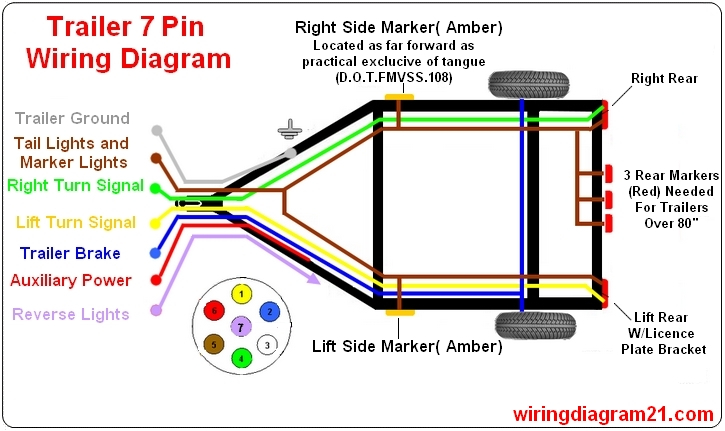Effortless Towing: Understanding Car Trailers with Surge Brakes
Towing a car can seem daunting, but understanding the right equipment can significantly simplify the process. One crucial component contributing to a smoother, safer towing experience is the surge brake system found on many car trailers. Let's explore this essential technology.
Imagine driving downhill with a heavy load behind you. The trailer pushes against your vehicle, potentially causing instability. This is where surge brakes come into play. They act as an independent braking system for the trailer, activated by the force of the trailer pushing against the tow vehicle during deceleration or braking.
Surge brakes offer a level of control and safety not found in trailers without this feature. They help prevent the trailer from swaying or jackknifing, especially during sudden stops or on inclines. This automated braking action distributes the stopping power more evenly, reducing strain on the tow vehicle's brakes.
Historically, trailers relied on the tow vehicle's braking system alone. This often led to overheating and reduced braking efficiency, particularly with heavier loads. The development of surge brakes marked a significant advancement in trailer technology, improving both safety and control. Today, they are a common and trusted feature in a wide range of car trailers.
A surge brake system operates hydraulically. Inside the trailer's tongue is a master cylinder and a hydraulic line connected to the brakes on each wheel. When the trailer pushes against the tow vehicle, it compresses the master cylinder, activating the brakes proportionally to the force applied. This creates a smooth and controlled braking action synchronized with the tow vehicle's deceleration. This mechanism is crucial for safe and efficient towing, especially with heavier vehicles.
One of the primary benefits of a car trailer with surge brakes is enhanced safety. The independent braking system reduces the burden on the tow vehicle's brakes, preventing overheating and maintaining optimal braking performance. For instance, imagine descending a steep grade with a car in tow. Surge brakes will automatically engage, helping to control the trailer's speed and preventing it from overpowering the tow vehicle.
Another advantage is improved stability. By engaging proportionally to the force exerted by the trailer, surge brakes help to minimize sway and jackknifing, especially during sudden stops or on slippery surfaces. This is particularly valuable when navigating challenging road conditions or unexpected traffic situations.
Furthermore, surge brakes offer simplified maintenance compared to electric brake systems. They are generally self-adjusting and require less frequent servicing. This translates to less downtime and lower maintenance costs over the trailer's lifespan.
Before towing, always inspect the coupler, safety chains, and brake lines for any signs of wear or damage. Ensure the coupler is properly secured to the tow vehicle's hitch ball. Check the hydraulic fluid levels in the master cylinder and top off if necessary. After towing, rinse the brakes with fresh water to remove road salt or debris, which can corrode components.
Advantages and Disadvantages of Car Trailers with Surge Brakes
| Advantages | Disadvantages |
|---|---|
| Enhanced Safety | Can be less effective in reverse |
| Improved Stability | Requires more maintenance than electric brakes |
| Simplified Maintenance (compared to electric brakes) | Can be more expensive initially than trailers without brakes |
Best Practices:
1. Regularly inspect hydraulic fluid levels and condition.
2. Flush the system annually to remove contaminants.
3. Lubricate moving parts according to manufacturer recommendations.
4. Check brake lines for leaks or damage.
5. Test the brakes before each towing trip by manually activating the coupler.
Frequently Asked Questions
1. How do surge brakes work? They are activated by the force of the trailer pushing against the tow vehicle.
2. Do I need a special hitch for surge brakes? No, a standard ball hitch is typically sufficient.
3. How often should I service surge brakes? At least annually, or more frequently depending on usage.
4. Can I back up a trailer with surge brakes? Yes, but with caution as they may lock up. Some trailers have a reverse lockout lever.
5. What type of fluid do surge brakes use? Typically, DOT 3 brake fluid.
6. How do I troubleshoot surge brake problems? Consult the manufacturer’s manual or a qualified mechanic.
7. Are surge brakes suitable for all types of trailers? They are generally suitable for car trailers but may not be ideal for heavier loads or off-road use.
8. What are the signs of failing surge brakes? Poor braking performance, leaking fluid, and a spongy brake pedal are common indicators.
In conclusion, car trailers with surge brakes offer significant advantages in terms of safety, stability, and controlled towing. While they require regular maintenance and some considerations when reversing, their benefits generally outweigh any perceived drawbacks. Understanding how these systems work and following best practices for their care will ensure a smoother, safer, and more confident towing experience. By investing in a trailer with surge brakes and adhering to proper maintenance procedures, you can significantly enhance your towing safety and peace of mind, making every journey a more enjoyable experience. Don't hesitate to consult with trailer specialists or experienced towers for personalized advice and recommendations tailored to your specific needs and towing scenarios. Safe travels!
Understanding 4 year old behavior
Schonen abend grusse bilder bridging distances with visual warmth
Dr lim chan lorong lew lian enigma unraveling the mystery














